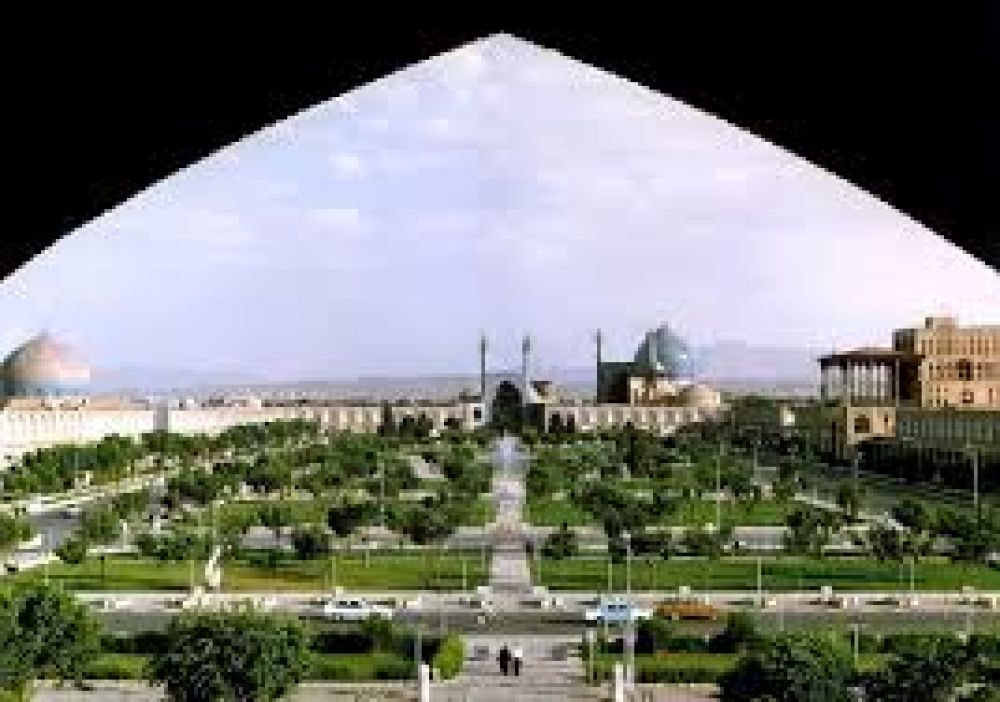

Naqshe Jahan Square, also known as Imam Square, is situated at the heart of Isfahan, Iran. It is one of the largest and most majestic city squares in the world, and is an outstanding example of Iranian and Islamic architecture. Listed as a UNESCO World Heritage site, the Square has been a central part of Isfahan’s identity and a pivotal destination for tourists for centuries.
The Square was constructed between 1598 and 1629 during the Safavid dynasty, which marked the peak of Isfahan’s architectural development. It was originally designed by the chief architect Shaykh Bahai, under the order of Shah Abbas the Great, who moved the capital of Persia to Isfahan. It served as a multi-functional square used for gatherings, ceremonies, and for Shah Abbas' ostentatious polo games, thus, representing the zenith of Persian socio-cultural life at that time.
Surrounding the Square are monumental buildings from the Safavid era – the Shah Mosque (Imam Mosque) to the square's south, the Lotfollah Mosque to the east, Ali Qapu Palace to the west, and the entrance to the grand Isfahan Bazaar to the north. These structures each tell a story of the era's rich history and craftsmanship and remain a major attraction for tourists and scholars alike.
Tourism in Naqshe Jahan Square has seen an flux since its inception, initially being a place of majesty for ambassadors and dignitaries during the Safavid era, evolving into a key travel point for traders and merchants, and now, a must-see location for domestic and international tourists alike.
In recent decades, the Square has been a focal point for traditional Persian arts and crafts, including miniature paintings, enamel work, jewelry, needlework, and inlaid woodwork, all of which entice tourists with the allure of Persian culture.
In line with global tourism trends, experiential travel has gained popularity in Isfahan. Tourists are now seeking authentic experiences that include participating in local crafts workshops, enjoying Persian cuisine at traditional restaurants around the Square, and taking part in the cultural tours that expand beyond the Square to other parts of Isfahan.
Eco and sustainable tourism trends have also touched Isfahan. Efforts are being made to maintain the delicate balance between preserving the awe-inspiring heritage and accommodating the demands of modern tourism. This has included regulating traffic around the Square and employing more sustainable methods of maintenance and conservation.
Naqshe Jahan Square remains one of the most iconic destinations in Iran, drawing visitors from across the globe. Its rich history, coupled with its timeless beauty and the modern pursuit of meaningful travel experiences, continues to make it a hub for cultural exchange and an enduring symbol of Iran's rich history and cultural wealth.